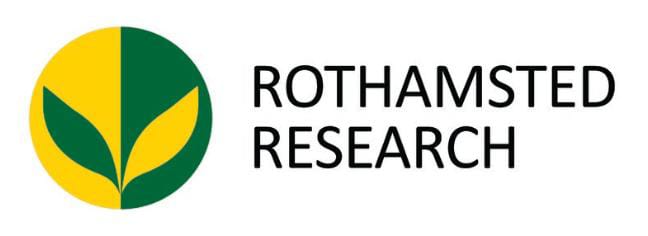Smart Farming Study Exposes Trade-Offs in Morocco’s Expanding Olive Sector
A new research study has revealed that Morocco’s olive boom, while promising environmental gains, may carry hidden costs to food security and farm profitability.
The findings urge policymakers to adopt a more balanced, data-driven approach when planning agricultural reforms in water-scarce regions.
Led by Imane El-Fartassi, the study introduced an innovative decision-support framework that assesses trade-offs in land-use planning.
The tool integrates multiple models, including the IPCC nutrient loss assessment, Rothamsted Soil Carbon Model, and Cornell’s pesticide impact system, to evaluate economic and environmental outcomes under different agricultural scenarios.
Applied to Morocco’s irrigated semi-arid zones, the model showed that a shift toward olive cultivation—currently backed by national policy—can reduce greenhouse gas emissions by 42% and water use by 3%.
However, these benefits come at a cost: a decline in both profitability and food calorie output, alongside increased pesticide-related environmental risks.
On the other hand, drip irrigation showed strong promise, improving profitability by 23%, reducing water usage by 13%, and cutting nitrogen leaching by 40%. Still, researchers warned that long-term sustainability may be at risk if groundwater depletion is not addressed.
“No single solution is ideal,” said El-Fartassi, whose team included scientists from Rothamsted Research, Cranfield University, and Mohammed VI Polytechnic University. “Our framework makes the trade-offs transparent to support smarter, more adaptive policymaking.”
The research, published in Science of The Total Environment, emphasizes the need for holistic planning tools in climate-vulnerable regions and cautions against one-dimensional agricultural strategies.



